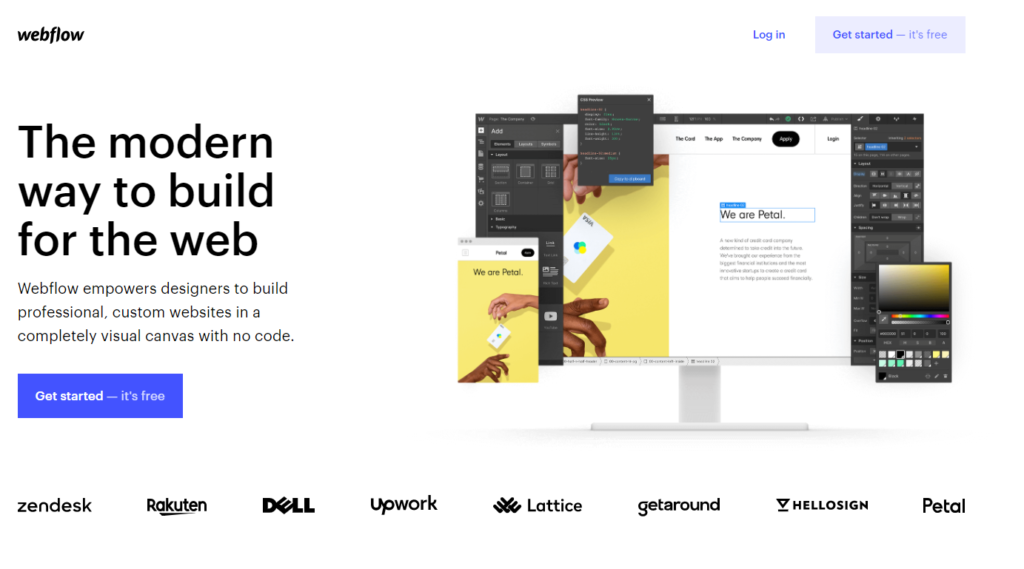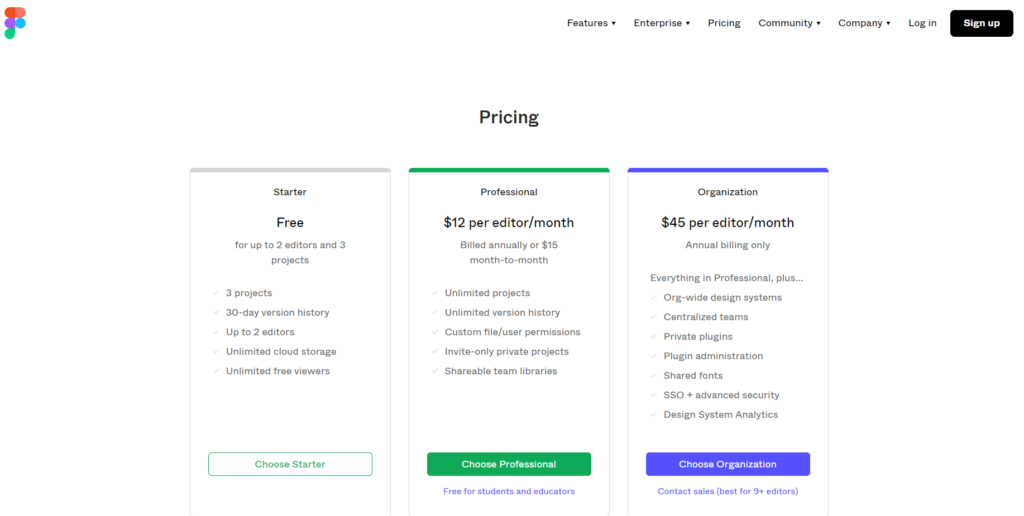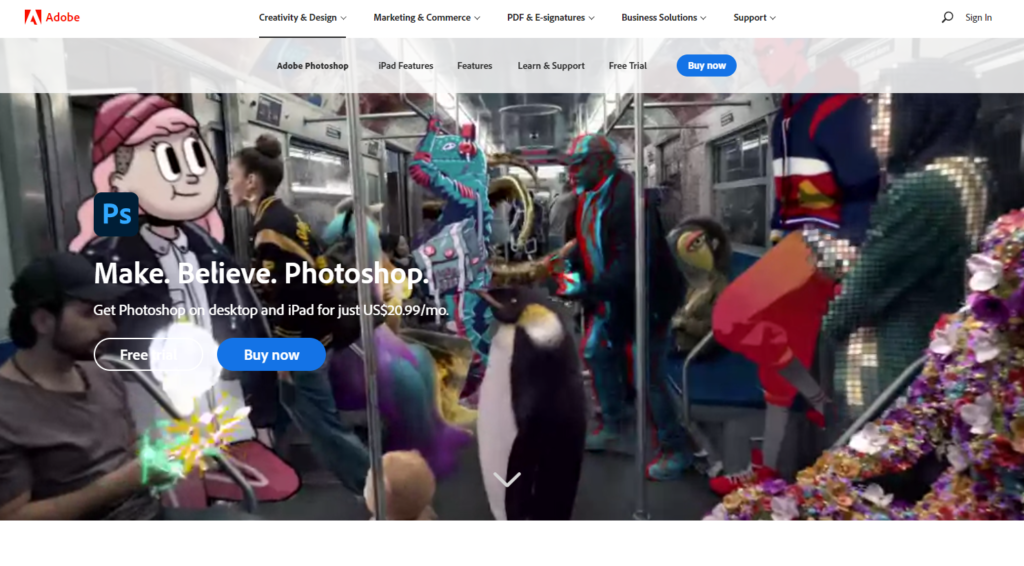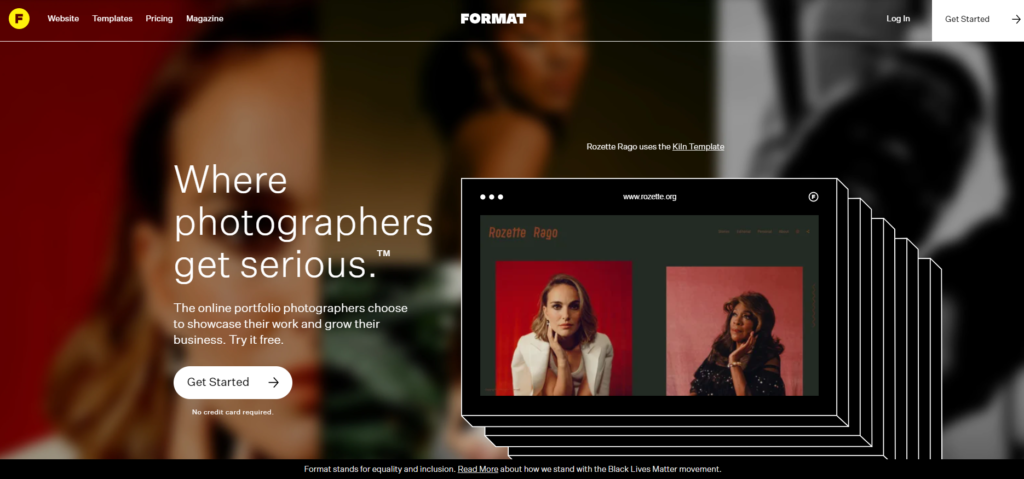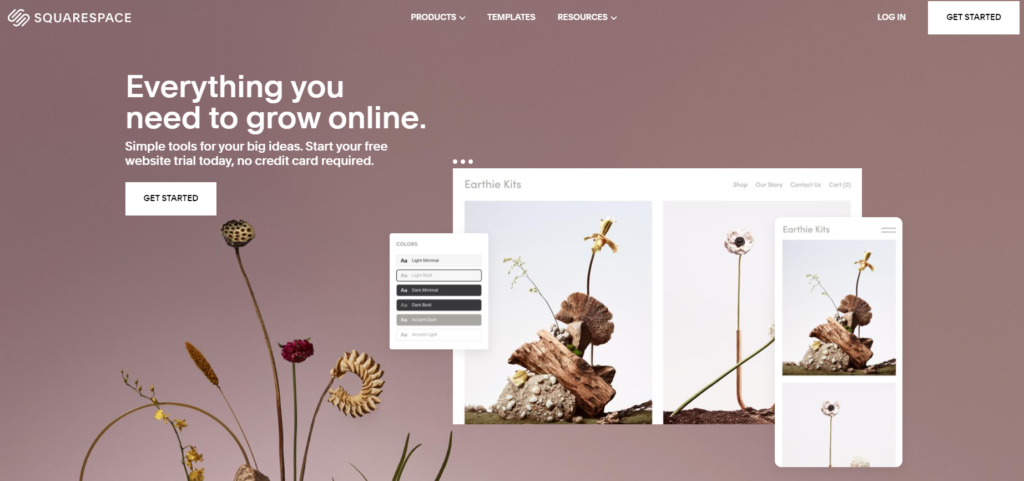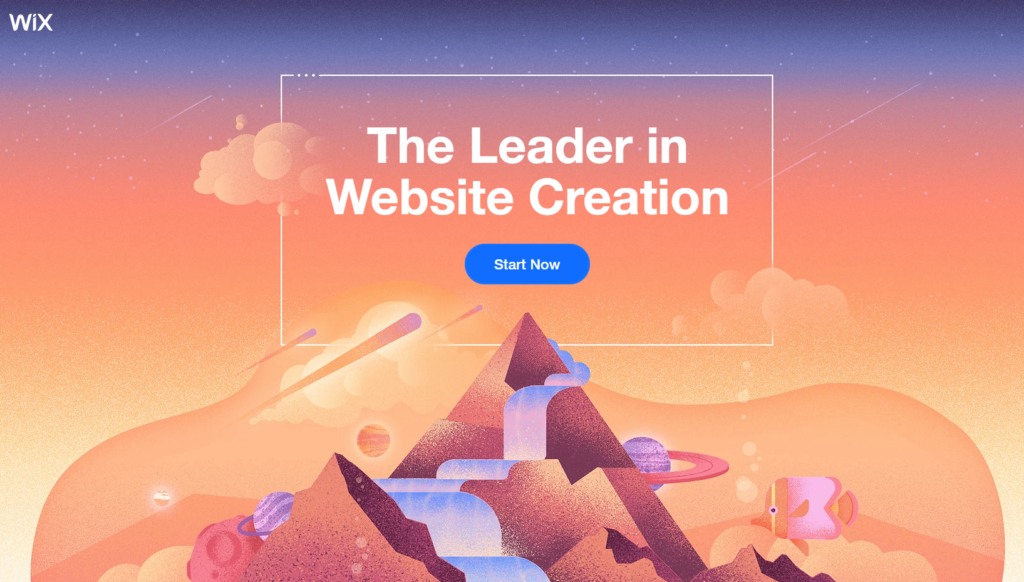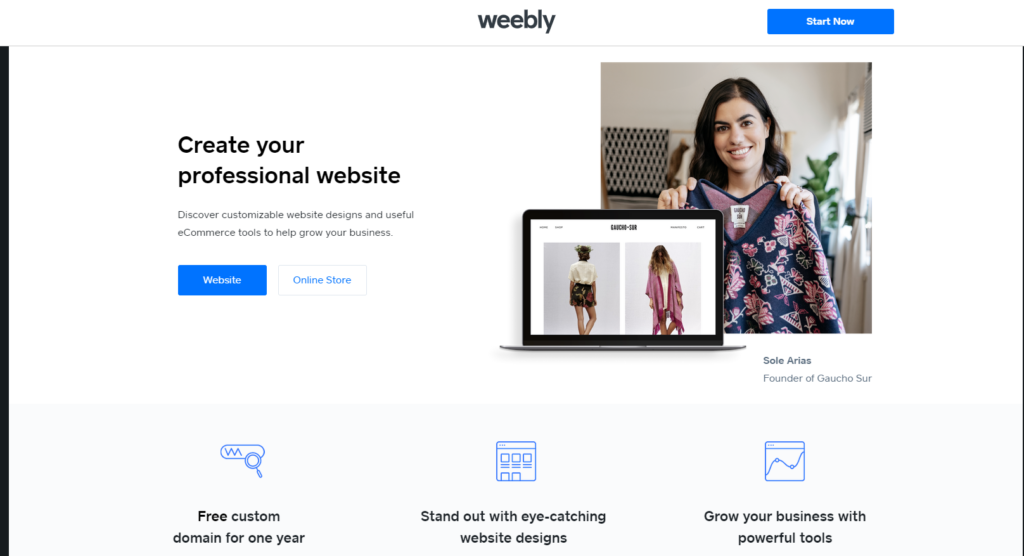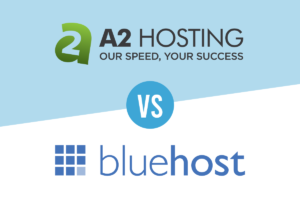It's the poor workman who blames their tools. But in real-life; obsolete, and ineffective tools are likely to deliver the lowest quality. This applies to just about every industry, including web design.
Web designers leverage specialized tools, software, and apps to bring their concepts into fruition. But with lots of options to choose from, you may not easily know what you need first.
This detailed coverage highlights the crucial web design products for a seamless design process, and the consideration factors to have in mind when choosing a particular tool.
The Best Web Design Software Resources
Here are the primary tools specific to web design:
1. Webflow
This American-based web-building tool offers an online editor platform for designing, building, and launching sites. Webflow lets you formulate modern and custom sites via a visual canvas. The platform provides the following four monthly site plans:
- Basic – $12
- CMS – $16
- Business – $36
- Enterprise – This plane is quote-based
The key features include the scroll-based animation for adding scroll-based effects like parallax, precise reveal animations, progress bar, and more. The multi-step animation lets you create amusing, time-based animation without code. The platform also offers Webflow Editor for updating SEO controls.
Pros
- You can grab user attention by linking animation and movement to the cursor position
- It allows for collaboration, and multiple editors can jointly work on a particular project
- You'll get a more interactive website by using modals, displaying panels and other elements
- You can add new features instantly through the 20 prebuilt interactions and animations
Cons
- It's relatively harder to use
- The plans are expensive
- No phone or live chat support
2. Figma
If you want to achieve a professional look for your website, then this vector graphics editor is a must-have. Sigma offers several excellent UX and UI design features that are essential for professional sites.
The platform offers three monthly plans that are billed annually:
- Starter – Free for up to three projects and two editors
- Professional – $12 per editor
- Organization – $45 per editor
Its animated prototypes have a look and feel of natural elements. The observation mode lets you shadow presenters' moves for efficient tracking of edits and changes. You can also view your design files quickly and tag your team members.
Pros
- Vector networks let you draw in any direction without merging or connecting original paths
- Advanced font features
- Easy to create and distribute plugins
- Accessible libraries that allow for dragging and dropping of assets
Cons
- It has a learning curve
- Similar viewer and editor user experience
- Figma's prototype function isn't as streamlined and user-friendly as most alternatives
3. Photoshop
This is the market standard when it comes to retouching, editing, and prepping up ambience attributes and pictures. The tool's uses in real-life are limitless, and you can harness its unlimited potential to come up with literally unbelievable, brilliant effects.
It offers a free trial, and you can purchase it in two ways:
Single app for individuals – This offers the apps latest version and comprises 100 GB cloud storage, premium fonts, social media tools, and your portfolio website.
- Monthly plan – $29.99
- Annual plan – $19.99 (paid monthly)
- Prepaid Annual plan – $239.88
Single app for teams or business
- Annual plan – $29.99 (paid monthly)
- Prepaid yearly plan – $359.88 per year
From photo compositing and editing to graphic design, animation, and digital painting – there's no limit to the things you cannot achieve in Photoshop. The program can bring all your ideas to life, whether you are using your smartphone, tablet, or PC.
Pros
- Multitudes of cutting-edge tools at your disposal
- Incredibly flexible and intensely practical
- It's the industry standard
- Robust and reactive
Cons
- It's relatively complex
- It's integrated with subscription-based software, hence cannot be purchased
4. Format
The web design platform is ideal for artists, photographers, models, or designers who create customizable portfolio sites by relying on page layouts, themes, and typography. You'll use this to create and edit your landing pages, and you can easily showcase your work portfolio. The tool has a free trial, and the plans include:
- Pro – $12 per month (billed annually)
- Pro plus – $18 per month (annually) or $25.99 if paid monthly
- Unlimited – $25 per month (annually) or $32.99 if paid monthly
The site offers hands-on assistance to build your website as fast as possible. The platforms Pro Course also provides crucial insights and guidelines for attracting high-level.
Pros
- It offers a free trial
- The SEO is decent
- The templates are modern and mobile-friendly
- 24/7 support
Cons
- Confusing user interface
- The features are almost entirely portfolio-based
5. Squarespace
This all-in-one design solution is ideal for young web designers focused on creating professional sites, portfolios, or online stores. You'll get best in class templates that are easily customizable to meet your professional and creative needs. All these are accessible through the following pricing plans paid annually:
- Personal – %12 monthly
- Business – $18 monthly
- Basic Commerce – $26 monthly
- Advanced Commerce – $40 monthly
Squarespace offers several excellent features. You can leverage the chart blocks that use stunning formats to display data through charts and graphs. The platform also provides quality Typekit fonts for free, and you can upload your albums and soundtracks to the audio collections.
Pros
- You can quickly change the content layouts
- Enterprise plans offer prioritized support
- It allows you to have unlimited sections on your pages
- Enhanced collaboration
Cons
- The platform lacks phone support
- The pricing is relatively expensive
- It doesn't offer advanced marketing tools
- It doesn't support third-party plugins, extensions, or apps
6. Wix
The SaaS site builder offers excellent web design tools and attractive templates to simplify the design process for beginners. Its simple drag and drop editor adds to its efficiency, and you can choose from up to 500 templates.
The tool is available for free, but you'll have to pick one of these monthly plans to access the extra professional features you need:
- Combo – $13
- Unlimited – $17
- Pro – $22
- VIP – $39
The Wix ADI (Artificial Design Intelligence) is an excellent feature that helps you create a personalized platform with customized content. You can also add several interesting overlay effects like flares, reflections, and flares through the Wix Photo Studio feature. With Wix Corvid, on the other hand, offers serverless computing for hassle-free coding.
Pros
- Excellent site speed
- A massive collection of templates
- Innate interface with drag and drop feature
- Adaptable UI
- Beautiful and functional templates
Cons
- The rates are relatively higher
- The mobile app needs improvement
7. Weebly
This reliable site builder simplifies the job of creating and designing blogs, sites, or eCommerce platforms. It offers lots of customizable designs, and you don't have to write a single code. The expert starter guides and planning tools minimize the hassle, and the fully customizable themes ensure zero compromises on web design requirements.
The pricing comprises the following monthly plans:
- Free – For basic use
- Connect – $5
- Pro – $12
- Business – $25
Weebly allows you to boost your marketing campaigns through clients' action-based emails and beautiful newsletters. You also have total control over CSS and HTML, so you can quickly achieve unlimited customization. The tool also allows for design management, and you can save your edits and designs as templates.
Pros
- The intuitive mobile app allows for easy tracking of your site performance
- It offers web hosting alongside DDoS Mitigation and SSL certificates
- 24/7 email and chat support
- It offers a website search bar
- The free plan contains all necessary features
Cons
- Limited blogging resources
- The Square feature doesn't function everywhere
- You'll pay for additional help
Choosing The Right Design Tool
Despite there being a massive collection of excellent web design software, the main point here is to have the right resource for the job at hand. Ideally, you want an array of design tools that offers the best results.
The factors to consider when making your choice include:
- Ease of use
- Pricing
- Features and design
- Customer support
- Data portability and ownership
Key Takeaway
Working with the best web design software tools gives you an edge in the competitive, tech-heavy market. While you may encounter myriads of design tools at your disposal, you should be aware of the few crucial ones standing out from the crowd. The tools above can be regarded to be the most popular ones among web designers.
Last Updated on May 5, 2021 by Joe

